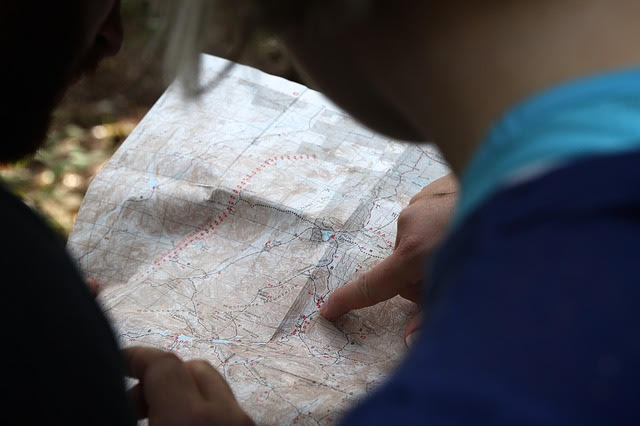What is GIS?
Catching up on GIS means going back to the basics to understand what it is really about. Strange enough, finding the definition of GIS developed the lost interest I have in the subject.
If there is one thing I will say about GIS with so much certainty is that GIS is not only about producing maps. There are many other products of GIS, like charts, graphs, lists, etc.
Now that I got that off my chest (I had to, considering the many definitions I saw out there saying that GIS is meant to produce just maps, which is true,e but there are other products of GIS).
So What Is GIS?
GIS is a tool for decision-making and problem-solving. It is used to provide information that will help those who need to make a decision or solve a particular problem because it provides spatial data and the factors that are at stake. This information can be in various forms.
GIS provides this information by using processes like data collection, digitising data, analysing data, selecting data, layering data and projecting data. Some GIS operations don't require the use of all the processes of GIS.
So in a sentence, GIS is a process involving collecting, analysing and projecting data for decision-making and problem-solving.
Examples of problems that GIS solves include;
- Location and navigation: trying to locate a building, a person or a place using a map. A more specific example is tourists and explorers who use maps to locate and navigate. Or an enterprise trying to locate its customers.
- Identification: identifying places or persons with a problem. An example is identifying the areas affected by a disease, an epidemic or risk zones using maps. Also, we can identify the citizens or employees with certain criteria like age, sex, income, etc, using lists, graphs or charts.
There are many other problems that GIS solves and I hope these two examples help you understand the global idea of GIS.
I hope you learned from this post and please your feedback will be highly welcome. Any contributions too will be appreciated.



.png)

.png)


No comments: